2025 January round up

Happy new year and welcome to the January round-up newsletter. A monthly letter about everything that has happened inside and outside the tea nursery.
Recovery works
While it is still the end of January, happy new year! To those that celebrated the Lunar new year a few days ago, happy year of the snake!
Wazuka has been freezing lately, seen a bit of snow, lots of fleeting morning frosts and this time of the year, some trimming here and there. A constant preparation for spring harvest. This month I got to help with the recovery of an abandoned tea field. It was a lot of fun, but also a lot of effort, diving under the overgrown bushes to reduce its size from around 2 meters tall to a manageable waist height. Hopefully, the Zairai field will recover well leading to the spring, where most likely we will not be able to do any harvesting on it, mostly a light trimming at most.
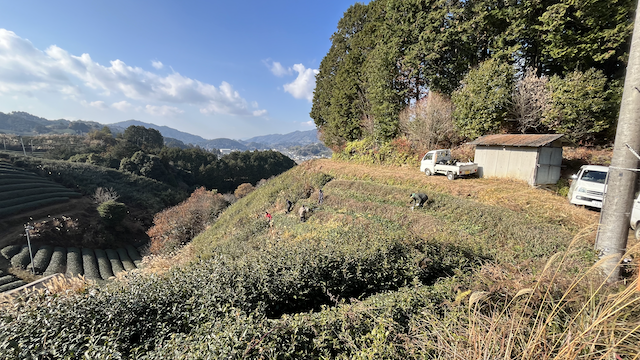
Recent Activity
This month I have had the chance to sink more time into adjusting to my new position at work as well as doing a deep dive on the regionality of the Kyoto prefecture. While tangentially related to tea, I think it is important to know how tea and the people of the prefecture have been woven together for so many years. The geography of the region often praised, mostly misunderstood, is another topic I have been doing some reading on this month.
Both last month and this month, I had the opportunity to speak with different people about a topic close to my heart, tea cultivars and tea education. While there is great education out there, although mostly in Japanese, there can always be better broader deeper material. From a long time ago, I have wanted to do more on this topic. An exciting part of learning about cultivars is always discovering a new one you have not tried. While that is a double-edged blade that can distract you from the basics of tea knowledge, I believe it helps broaden your perspectives on the cultivation and processing of tea. Learning the general threads on, at least the most common ones, can really reinforce a much-needed tea knowledge foundation.
Some months ago, I got to sit down with Ryan and Zongjun from The Matcha Specialty podcast to discuss cultivars, the episode finally went live. It was a great conversation with them revolving cultivars, how and why they are grown or not. I look forward to receiving additional comment and questions about the topics we talked about during the interview.
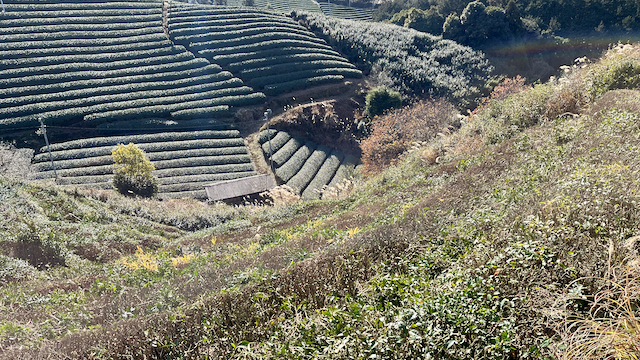
What is next
This newsletter was written on the ferry towards Shodoshima Island 小豆島, where I will take part in the Kioke craft revival, or Kioke Summit. This event looks to promote and revive the dying craft of traditional Japanese wooden barrels, Kioke 木桶. These barrels, while mostly used in industries besides tea, like soy sauce, miso and sake, can be used for regional specialty teas like Awabancha, Goishicha and others. This past December, I learned a bit more about Awabancha production. The Kioke barrels are the missing piece on the challenge to produce some Awabancha, or at least some kind of lacto-fermented tea in Wazuka this coming summer. If you follow the blog instagram account or my personal one, you will probably see a few pictures while I am there this next few days. So, definitely you will see a bit more of research done on Awabancha before I finally sit down and write about the Kamikatsu Awabancha festival in December.
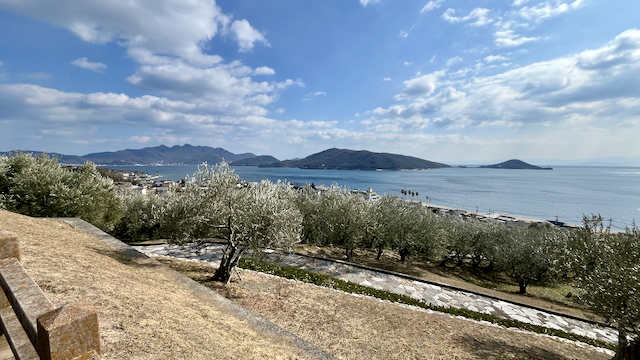
After much thinking on what cultivar to write about next, I have decided to at least take it a bit easier this time and pick one up that is registered and relatively new. This just makes research much less obscure and easy to find. At the same time, those cultivars are usually uncommon, but can start to show up more and more. It takes time from their release for production fields to start to come online and farmers being able to get to know better how to process them better. This time I have landed on the Ryoufū cultivar. A cross between an offspring of Tada Motokichi’s introduced plants, Houryoku, and Yabukita cultivars from 1972 and released in 1997.
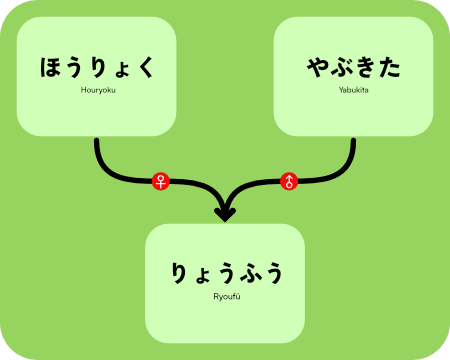
Books and other fun stuff
While preparing to travel to Shodoshima last month, I researched a few of the regional specialties of the Kagawa prefecture, which the island belongs too. Aside from being known as the prefecture to get great Udon, known as Sanuki Udon, there are a few interesting products from the island that caught my attention. First and foremost, olive oil. The island is one of the few areas in Japan where olive oil is produced. As a person born in Catalonia, Spain and having grown up in a household obsessed with great olive oil, I cannot wait to get my hand on some.
There are a lot of soy sauce breweries here, with a few natural fermentation soy sauce breweries around. The island is home to the Yamaroku brewery, who hosts the Kioke Summit and who was one of the first to learn and revive the craft back somewhere in 2010, learning from the last wooden barrel craftsman in Japan. A sake brewery that uses rice grown in the beautiful terraced fields of xxxx and also uses yeasts derived from olive tree flowers. Kagawa grows very, very little tea, perhaps I will find a garden on the island…? In short, a great place to go, spend a great time outdoors and eat some fantastic food. Next time you are in Japan, consider escaping here, I am sure you will be pleased with the experience.
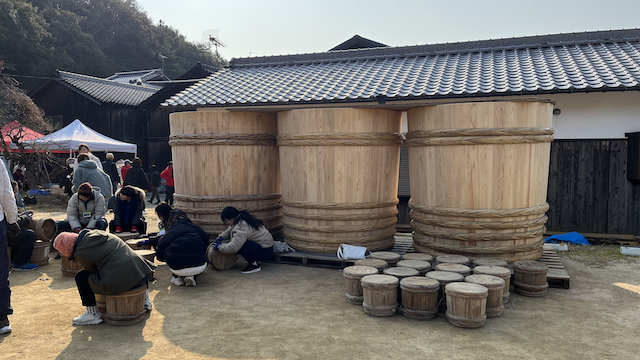
This month's recommendations in terms of books would be a fun and curious book on salt that a colleague gifted to me. 青山志穂. 日本と世界の塩の図鑑: 日本と世界の塩245種類の効果的な使いわけ方、食材との組み合わせ方. 2016. It goes through the Japanese traditional methods of salt production as well as broad strokes on some other countries production methods. Did you know you can produce salt by literally burning seaweed?
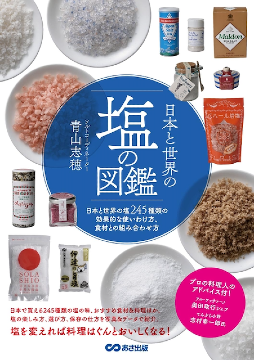
That is it for this month. As always, you can help the blog by sharing this newsletter or any of the blog posts and sharing it with a friend or family member who could enjoy it.
